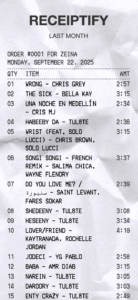Something that drives me crazy, and I noticed it a lot here during Professor Goffredo Puccetti’s wayfinding class, is when signs are misplaced or point the wrong way. We used to find arrows that looked like they were telling you to turn when you were actually supposed to keep going straight, or signs that were posted too early or too late to actually help. For some reason, it always felt like they were almost mocking us, because instead of guiding, they just created hesitation. I think the only real fix is testing them in the real moment. You can’t design a hallway sign by looking at a blueprint in an office. You have to walk that path, see where people naturally pause, and place the sign right where the choice needs to be made.
Norman’s ideas connect to this really well, and I think they translate to interactive media almost directly. A misplaced sign feels like a button on a website that looks clickable but isn’t, or a menu gesture that does something different than you expect. Norman talks about affordances and signifiers, and those matter so much online. Buttons should actually look tappable, gestures should be hinted at with little cues, and feedback should come right away. Even a tiny animation or sound can reassure someone that the system heard them, the same way a well-placed arrow reassures you that you’re still going the right way in a building.
For me, applying Norman’s principles to interactive media is really about remembering that people use things while distracted, busy, or in motion. Just like we tested signs while walking, I think apps and websites should be tested while people are juggling other tasks. Mapping should feel natural—swiping left should move left, clicking save should clearly save—and the system’s “model” should always be consistent. What I really took from both the chapter and that class is that when people get lost, whether in a hallway or an app, it’s almost never their fault. It’s the design that failed to guide them. That reminder makes me want to design things that feel clear, forgiving, and human.

